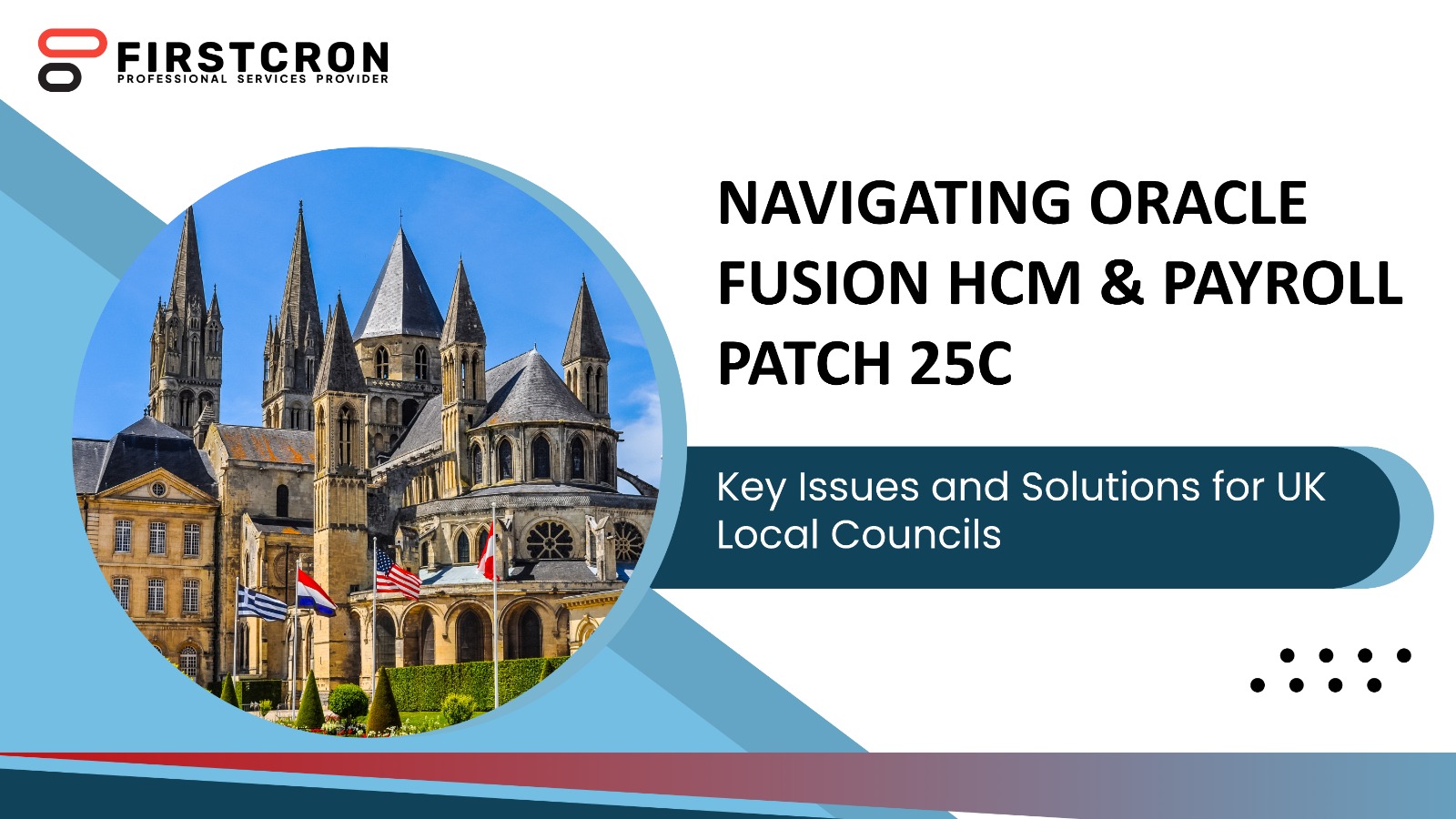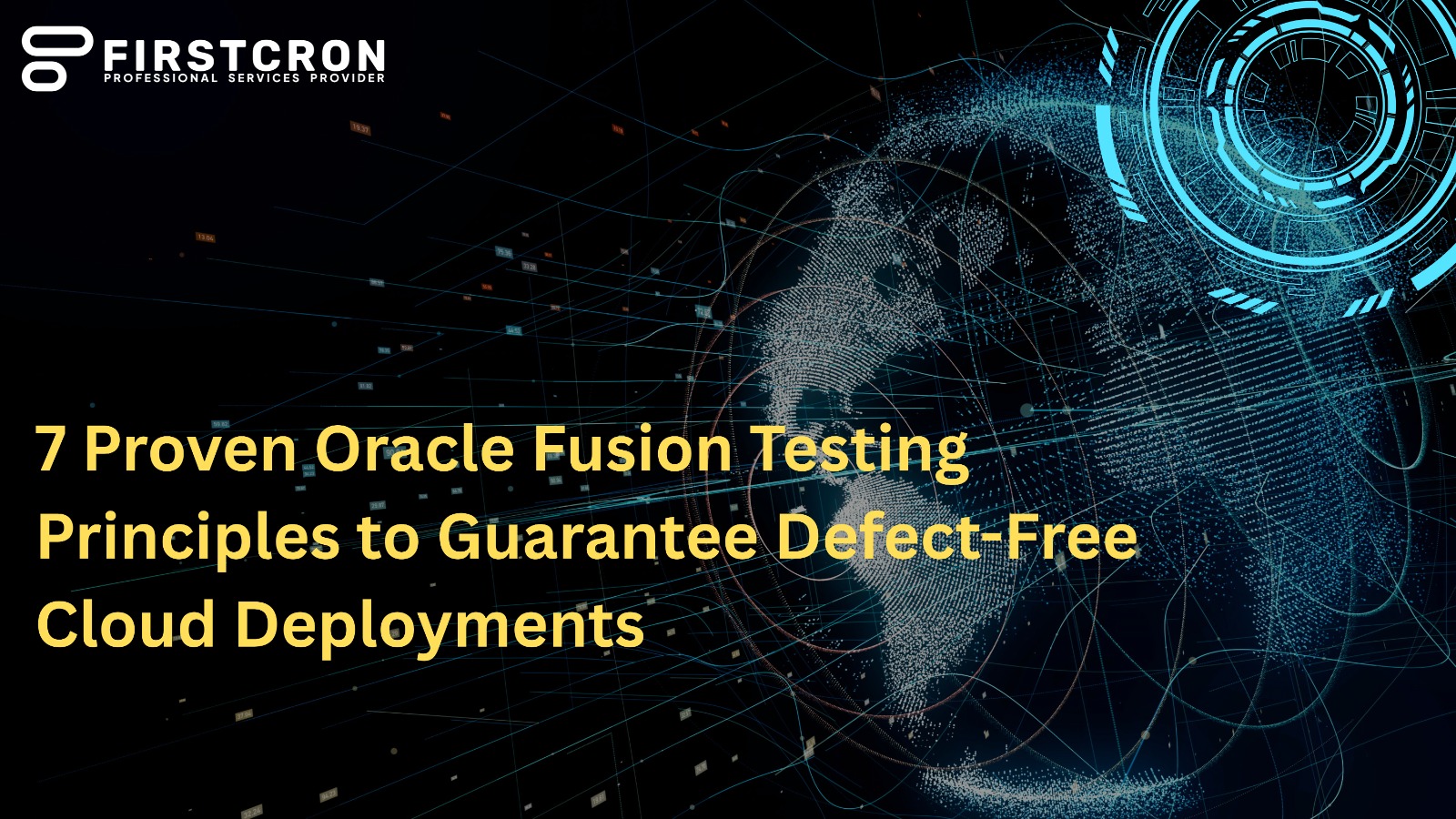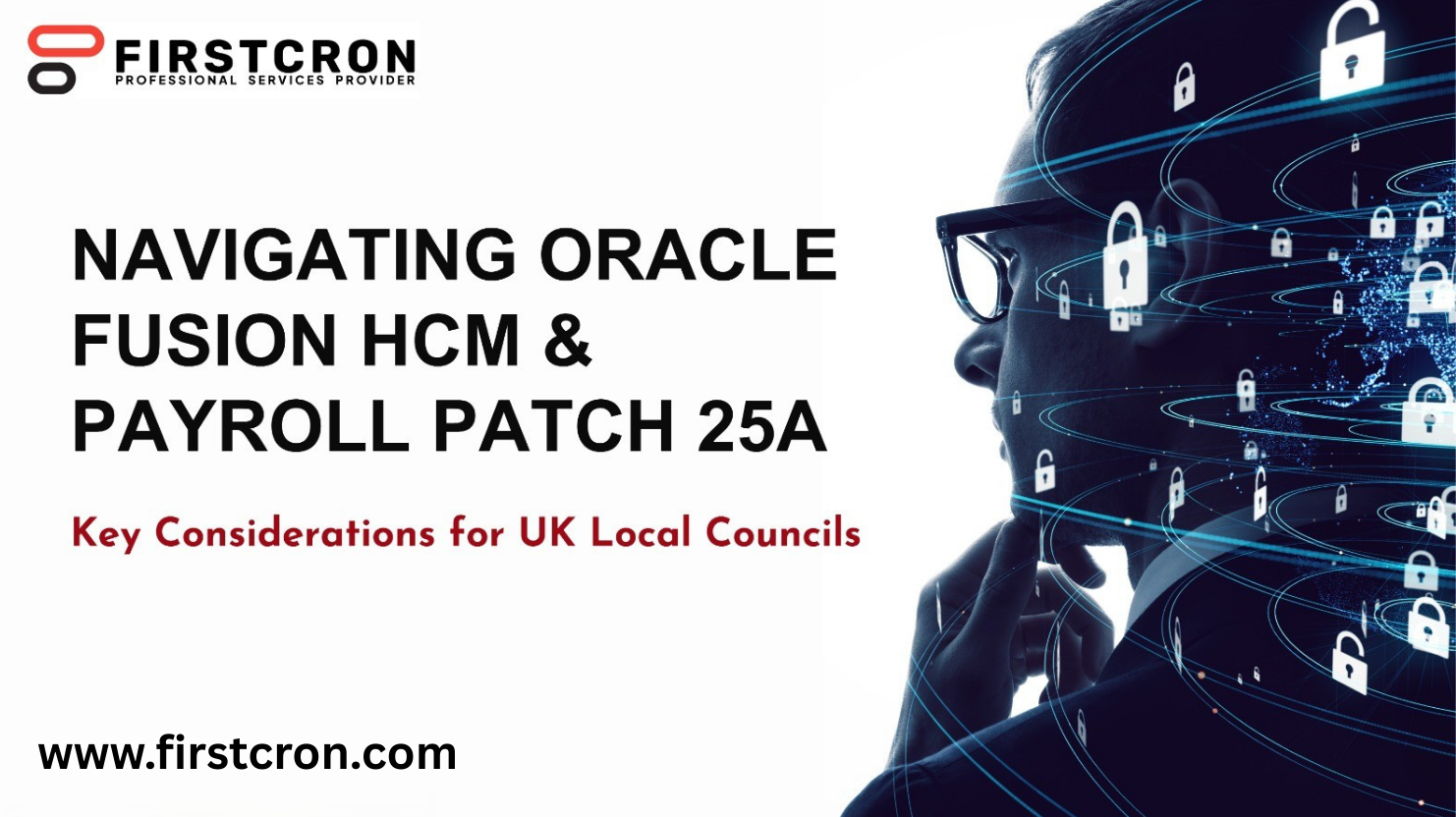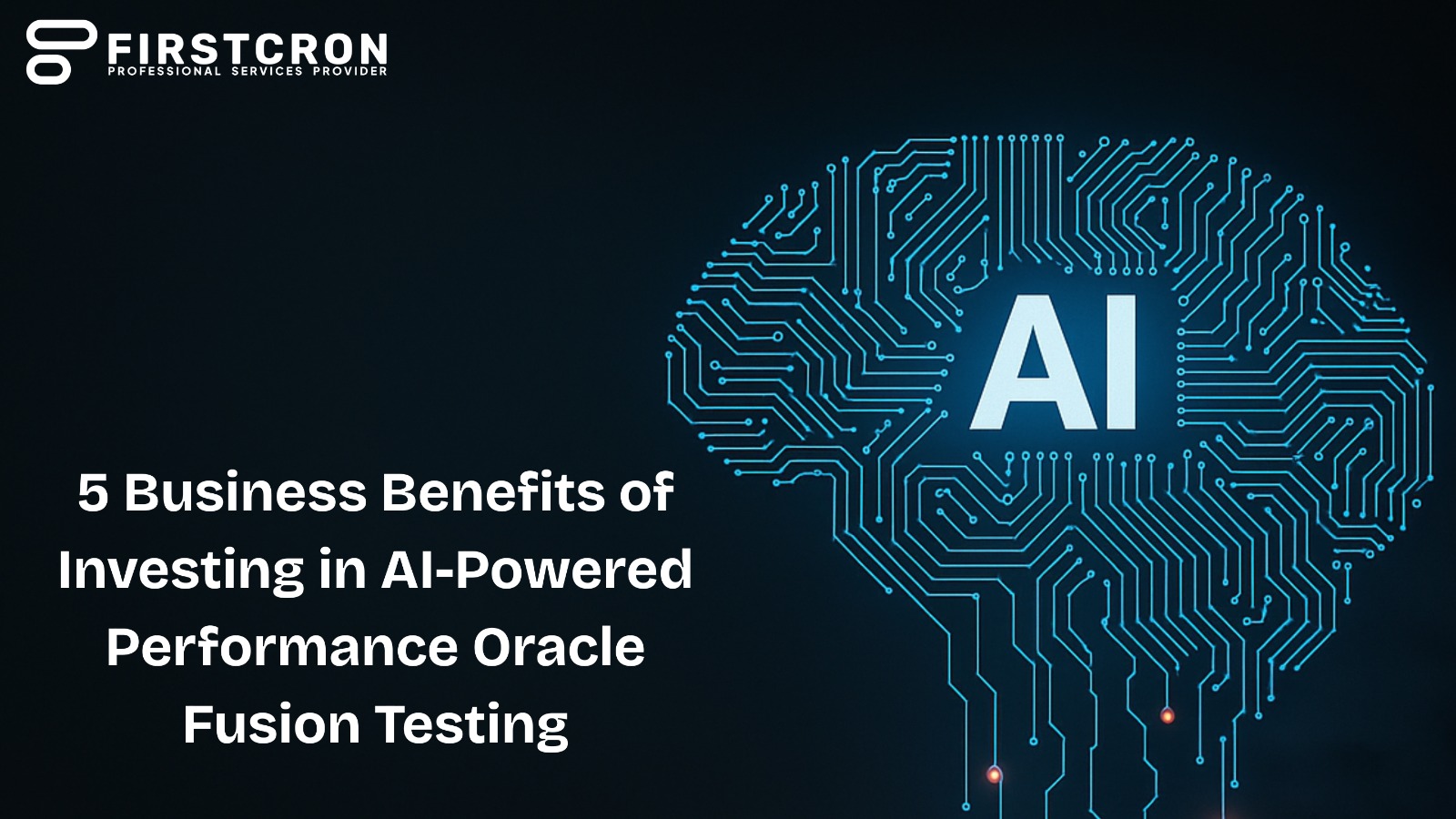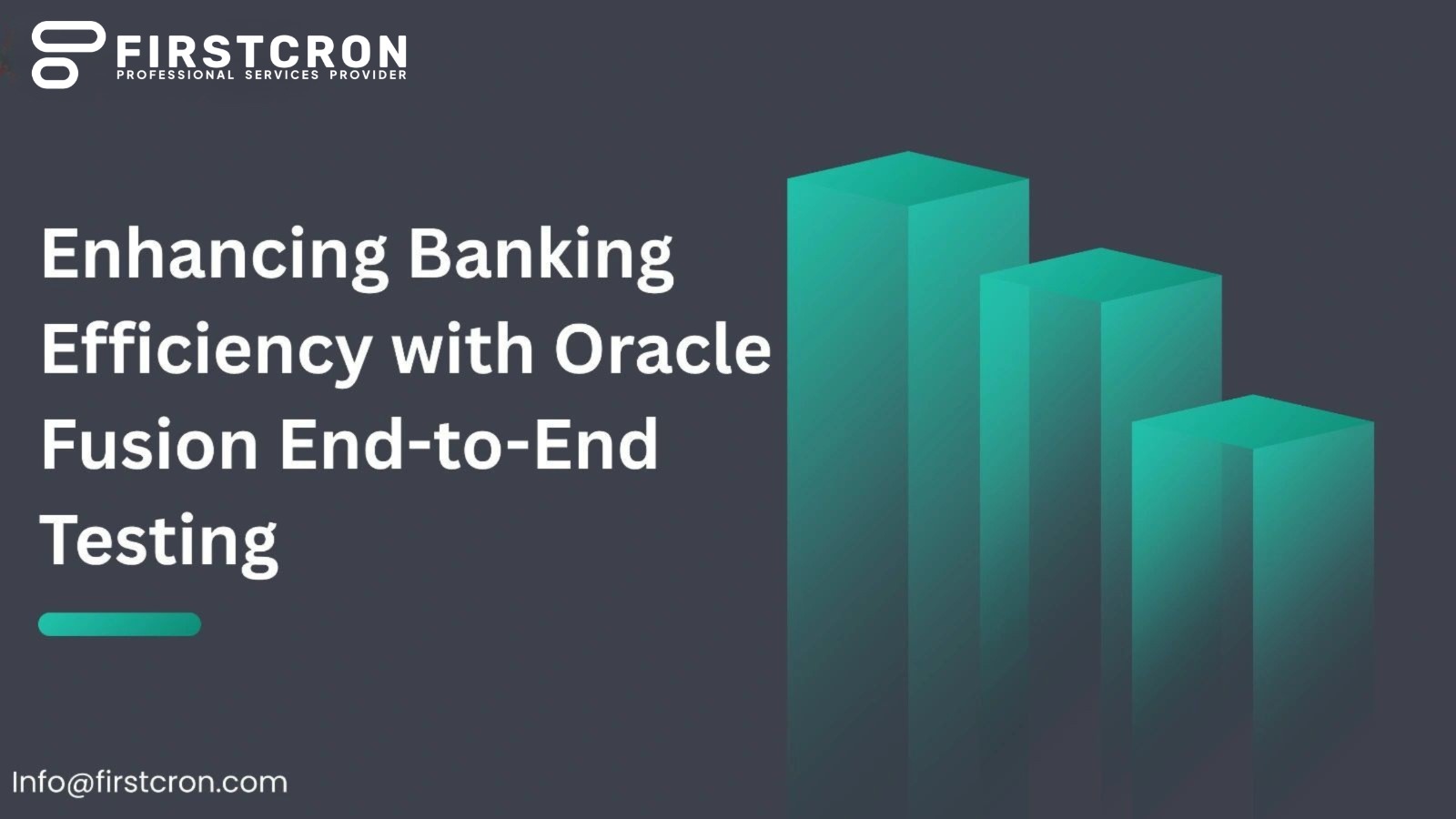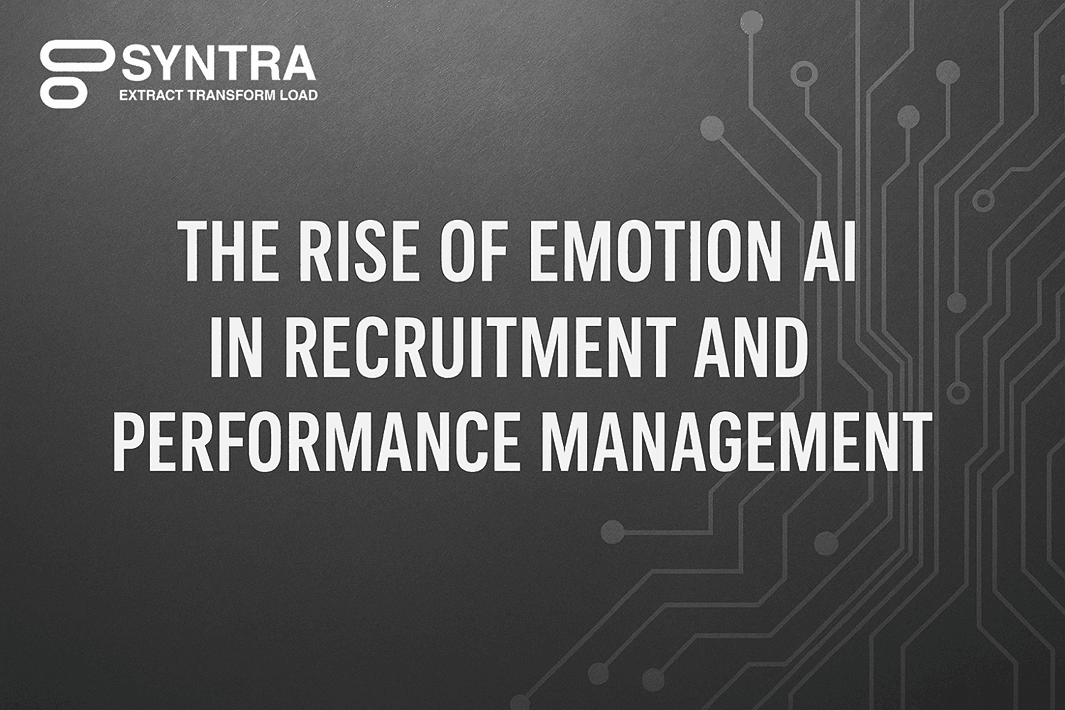
Artificial intelligence is transforming human resources in ways unimaginable just a decade ago. Beyond automation, data analytics, and predictive modeling, a new frontier has emerged — Emotion AI, also known as Affective Computing. This cutting-edge technology analyzes human emotions through voice, facial expressions, body language, and even text tone. In recruitment and performance management, Emotion AI is reshaping how organizations evaluate potential and existing employees — helping them make better, fairer, and more insightful decisions.
In this blog we’ll cover
- Understanding Emotion AI: The Human Side Of Artificial Intelligence
- Emotion AI In Recruitment: A New Dimension Of Candidate Evaluation
- Emotion AI In Performance Management
- Benefits Of Emotion AI For HR Teams And Organizations
- Ethical Considerations And Privacy Challenges
- The Future Of Emotion AI In HR
- Conclusion
Understanding Emotion AI: The Human Side Of Artificial Intelligence
Emotion AI refers to the use of machine learning algorithms to detect, interpret, and respond to human emotions. It leverages technologies like natural language processing (NLP), computer vision, and speech analysis to assess how people feel, not just what they say. For instance, during a video interview, Emotion AI tools can interpret micro-expressions, tone changes, or hesitation to evaluate confidence, enthusiasm, or stress.
The goal is not to replace human intuition but to enhance decision-making with data-driven insights. Recruiters and HR professionals can now complement their experience with AI-generated emotional intelligence metrics, reducing unconscious bias and improving the quality of hires.
Emotion AI In Recruitment: A New Dimension Of Candidate Evaluation
In traditional recruitment, assessing soft skills like empathy, adaptability, and teamwork can be challenging. Emotion AI adds a measurable layer to these qualitative traits. When used ethically and transparently, it helps hiring teams identify cultural fit, predict job success, and ensure consistent evaluations across candidates.
Emotion AI tools analyze video or voice interviews, using algorithms to interpret subtle emotional cues. For example, they can assess whether a candidate’s tone reflects confidence or uncertainty or whether their micro-expressions indicate genuine engagement.
Key applications of Emotion AI in recruitment include:
- Offering real-time insights into candidate experience and satisfaction.
- Providing unbiased emotional data to complement recruiter evaluations.
- Matching emotional profiles with company culture and job role requirements.
- Assessing tone and sentiment in written or spoken responses for communication style.
- Detecting stress or anxiety to evaluate interview comfort and self-assurance.
- Screening video interviews for emotional engagement and confidence levels.
These applications allow HR teams to save time, reduce bias, and make hiring more holistic, blending emotional intelligence with technical and behavioral data.
Emotion AI In Performance Management
Once employees join the organization, Emotion AI continues to play a vital role in performance tracking and engagement management. Traditional reviews often rely on subjective feedback, but emotion-aware systems offer a continuous, real-time pulse of employee sentiment and well-being.
Emotion AI can analyze employee communications — such as emails, virtual meetings, or feedback forms — to detect stress, burnout, or disengagement trends. When aggregated, these insights help managers take proactive steps to improve morale, offer support, or adjust workloads before productivity drops.
For instance, emotion-aware analytics might reveal that a high-performing employee is showing signs of fatigue or frustration. Instead of waiting for an annual review, managers can intervene early with meaningful conversations or well-being initiatives.
Benefits Of Emotion AI For HR Teams And Organizations
The impact of Emotion AI extends beyond technology — it transforms organizational culture, leadership development, and employee engagement. When implemented thoughtfully, it offers measurable benefits across the employee lifecycle.
Some major benefits include:
- Improved hiring accuracy: By assessing emotional alignment and behavioral consistency, companies can hire candidates more likely to succeed long-term.
- Reduced bias: Emotion AI evaluates candidates consistently across demographics, helping to minimize unconscious human bias.
- Enhanced engagement: Continuous emotion tracking helps identify morale dips or disengagement early.
- Personalized feedback: Emotion-aware systems provide tailored feedback based on individual emotional responses.
- Stronger leadership insights: Managers can understand team sentiment better, improving empathy and communication.
- Increased retention: By addressing emotional well-being proactively, organizations reduce turnover and build loyalty.
These advantages collectively enhance not just hiring efficiency but also workplace culture, employee satisfaction, and organizational trust.
Ethical Considerations And Privacy Challenges
While the potential of Emotion AI is vast, it also raises crucial ethical questions. Emotions are deeply personal, and collecting or interpreting them requires transparency, consent, and fairness. Organizations must ensure that data is anonymized, securely stored, and used strictly for intended HR purposes.
Critics also caution that over-reliance on emotional analytics might lead to misinterpretation — emotions are influenced by cultural context, mental health, and environmental factors. Therefore, Emotion AI should always augment, not replace, human judgment.
Regulatory frameworks such as the GDPR in Europe emphasize the importance of employee consent and data protection. Ethical use of Emotion AI must balance innovation with empathy, respecting privacy and diversity in emotional expression.
The Future Of Emotion AI In HR
The next evolution of HR technology will likely integrate Emotion AI into end-to-end platforms — from recruitment to career development. Imagine dashboards that combine emotional analytics with performance data, providing a 360° view of employee well-being and productivity. With remote and hybrid work becoming the norm, emotion-aware virtual environments could help managers stay connected to their teams’ emotional health in real time.
AI-driven emotional intelligence could even power adaptive learning systems that tailor training modules based on user engagement or mood. In leadership programs, Emotion AI can help identify potential leaders by tracking empathy, composure, and resilience.
As organizations continue embracing digital transformation, those who combine data, empathy, and ethics will build stronger, happier, and more productive workforces.
Conclusion
The rise of Emotion AI signals a paradigm shift in how organizations attract, engage, and retain talent. By bringing emotional intelligence into the digital realm, HR leaders can make fairer, faster, and more human-centric decisions. While technology provides the tools, the true success of Emotion AI lies in how responsibly and empathetically it is applied.
Recruitment and performance management are no longer just about skills and numbers — they are about understanding people holistically. Emotion AI offers that bridge between data and humanity, ensuring that the future of work remains intelligent, inclusive, and deeply human.
Tags
Related Post
Navigating Oracle Fusion HCM & Payroll Patch 25C: Key Issues And Solutions For UK Local Councils
July 26th, 2025 10 min read
7 Reasons Why Companies Are Moving From Taleo To Oracle Recruiting Cloud
June 2nd, 2025 14 min read
7 Proven Oracle Fusion Testing Principles To Guarantee Defect-Free Cloud Deployments
May 16th, 2025 15 min read
Navigating Oracle Fusion HCM & Payroll Patch 25A: Key Considerations For UK Local Councils
July 27th, 2025 10 min read
Driving Compliance And Security With Smart Testing In Oracle Fusion
June 5th, 2025 9 min read
WEEKEND READS
Navigating Oracle Fusion HCM & Payroll Patch 25C: Key Issues And Solutions For UK Local Councils
July 26th, 2025 10 min read
7 Reasons Why Companies Are Moving From Taleo To Oracle Recruiting Cloud
June 2nd, 2025 14 min read
7 Proven Oracle Fusion Testing Principles To Guarantee Defect-Free Cloud Deployments
May 16th, 2025 15 min read
Navigating Oracle Fusion HCM & Payroll Patch 25A: Key Considerations For UK Local Councils
July 27th, 2025 10 min read
Driving Compliance And Security With Smart Testing In Oracle Fusion
June 5th, 2025 9 min read
5 Business Benefits Of Investing In AI-Powered Performance Oracle Fusion Testing
May 5th, 2025 11 min read
How End-to-End Testing Of Oracle Fusion Enhances Operational Efficiency In Banking
May 23rd, 2025 11 min read
Future Proofing Enterprise Testing: The Role Of AI Driven Automation In Oracle Fusion
June 26th, 2025 7 min read
Smart Onboarding Journeys With AI: Personalized Employee Integration Through Oracle HCM Core And Learning
September 13th, 2025 21 min read






